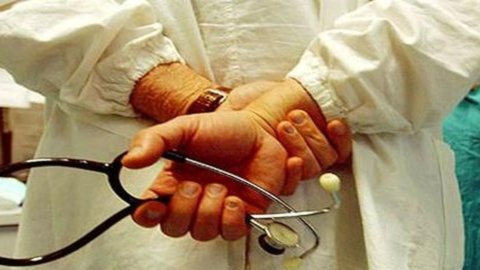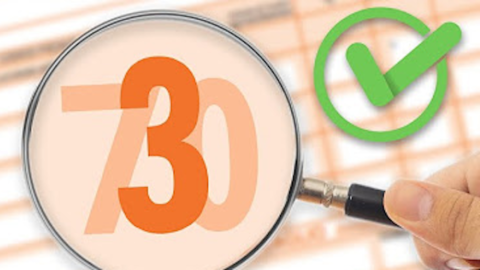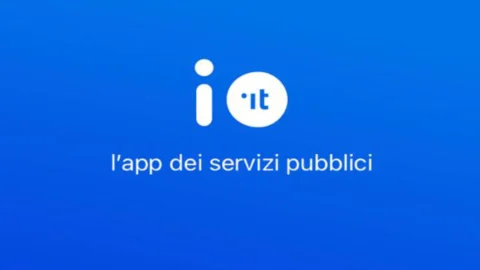They enter into force the new rules on tax visits for civil servants which from 1 September officially pass to INPS.
A mini-revolution foreseen by the Madia Reform which it institutes a Single Center for tax visits: translated in simple terms, the institute led by Tito Boeri will take charge of the controls on the state, aligning them with those of private employees.
An important change that will affect both categories especially in the event that, as probable, the request presented by the INPS number one will be implemented, which not only plans to use the same availability slots for home checks, but also increase the number of hours per day in which it is possible to receive tax visits from 4 to 7.
Inps tax visits 2017: the most important news
In order to discourage "fake sick people" who take advantage of the scarce controls to stay at home to rest, INPS has promised more stringent rules, promoting a real tightening on civil servants which will make life difficult for the dishonest.
Going into detail, based on what Boeri explained, the Institute will increase controls using new software, called "Savio" and of statistical checks carried out on the archived medical certificates.
Not only that: every employee will have the opportunity to receive more than one visit on the same day and in the event that the checks reveal "frequent ailments" on Friday or Monday, the dispatch of the tax doctor will be automatic, with targeted checks.
Inps, 2017 tax visits: how did it work before?
The creation of the new Single Pole for tax visits by public employees modifies the rules in force until 31 August 2017 according to which, in the event of a worker's illness, it was up to the employer to ask the ASL to verify his state of health, by sending the tax doctor.
These are the criteria used for state employees, different from those valid for private employees. In fact, the tax examination can also be sent to the latter ex officio and it is up to the doctors affiliated with the INPS to verify their conditions.
Inps, 2017 tax visits: what changes?
The Savio software will process the 18 million medical certificates collected annually and will choose the events that have the highest probability of reducing the employee's prognosis days.
Simply put, if a worker often calls in sick on Fridays or Mondays, the software will report the anomaly and INPS will begin to inspect the personal history of the subject. The new rules also provide for targeted visits, repeated even several times a day.
It should be emphasized that the new rules do not apply to police forces, armed forces and firefighters.
Inps, 2017 tax visits: availability times
Public and private employees are subject to different availability bands. The former must "stay at home" to wait for the doctor from 9.00 to 13.00 and from 15 to 18.00 (seven hours in all therefore), the latter from 10.00 to 12.00 and from 17.00 to 19.00.
At first, even with the single pole, the bands remain the same, but the president of INPS has requested the Government to make specific changes by decree, standardizing the times valid for the two categories and bringing them all to seven hours a day.
Inps, 2017 tax visits: the sanctions
Public and private employees who, following a doctor's check-up, are found to be absent in the availability slots will be subject to the sanctions provided for by the collective agreements.
Each worker will have 15 days to "justify" the absence: in the event that the reason is not valid, a disciplinary procedure will be initiated which will lead to the salary cut (100% reduction for the first 10 days of illness, 50% reduction for the following days) and, in the most serious cases, dismissal for just cause.
They will be considered justified absences those made for:
- undergo life-saving therapies and diagnostic tests
- accidents at work,
- professional diseases,
- diseases related to disability.





